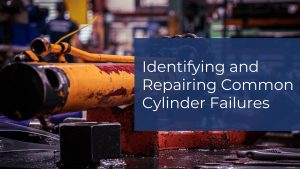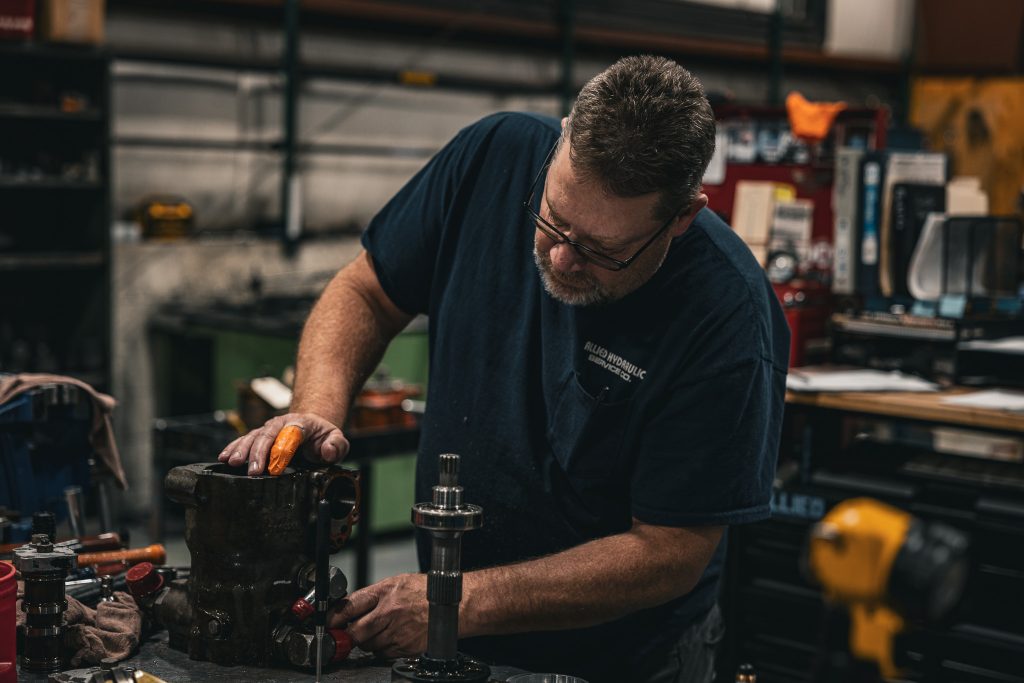




We’re looking forward to working with you. Whether you have questions about products or services, our team is ready to help.
Hydraulic system failures can lead to significant downtime, affecting productivity and repair costs. Troubleshooting these issues effectively is key to maintaining performance and avoiding expensive repairs. In this guide, we’ll walk through the most common hydraulic failures, their causes, and practical steps for troubleshooting. This resource will help maintenance teams quickly diagnose and resolve issues to keep systems running smoothly.

Recognizing and troubleshooting common hydraulic failures can significantly reduce downtime and maintenance costs. By using the right tools and following a structured troubleshooting process, maintenance teams can quickly diagnose issues and restore system performance. Regular maintenance and early detection are key to keeping hydraulic systems running efficiently and extending their lifespan.
Implement these steps to keep your hydraulic equipment operating smoothly and avoid costly breakdowns.